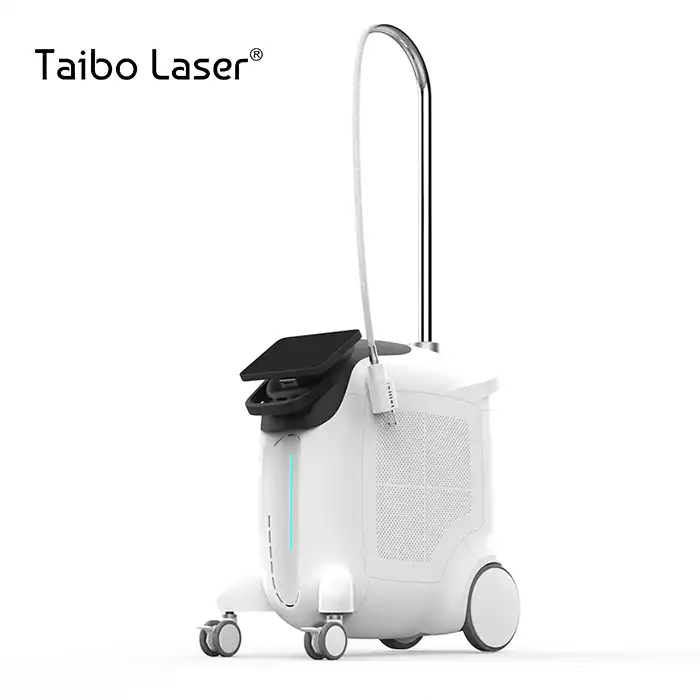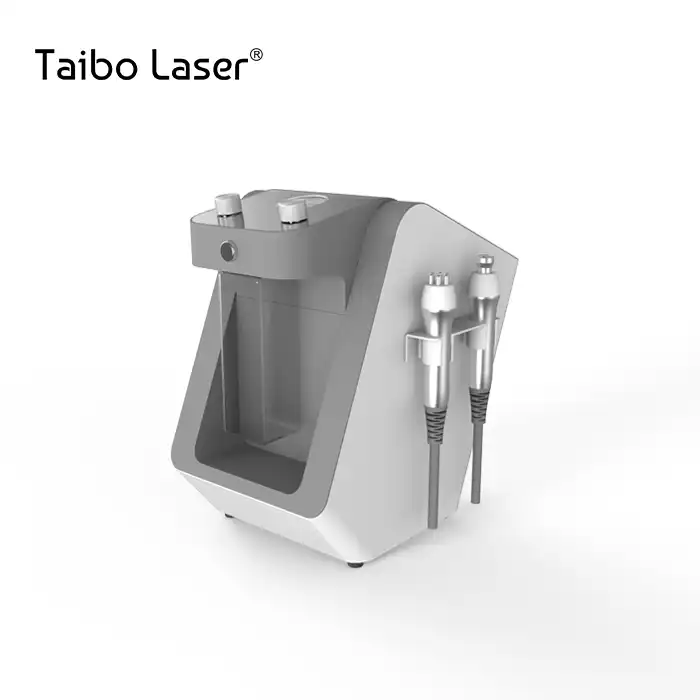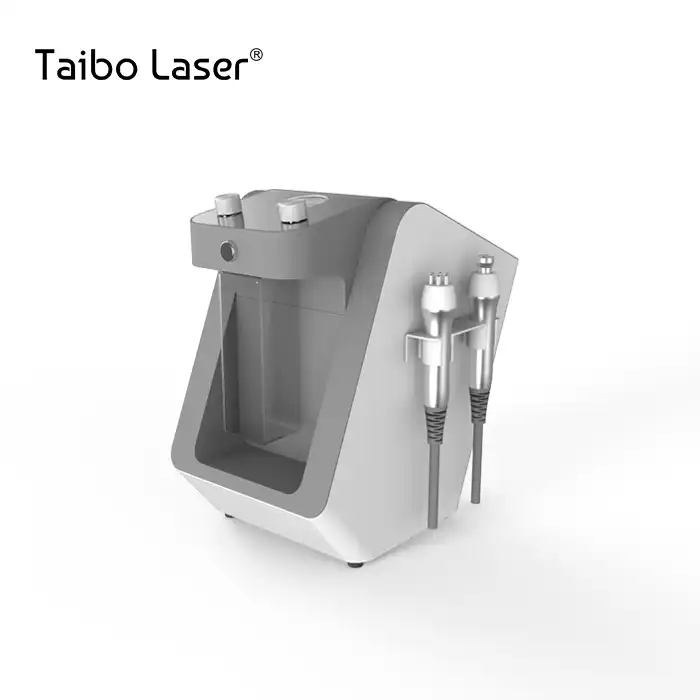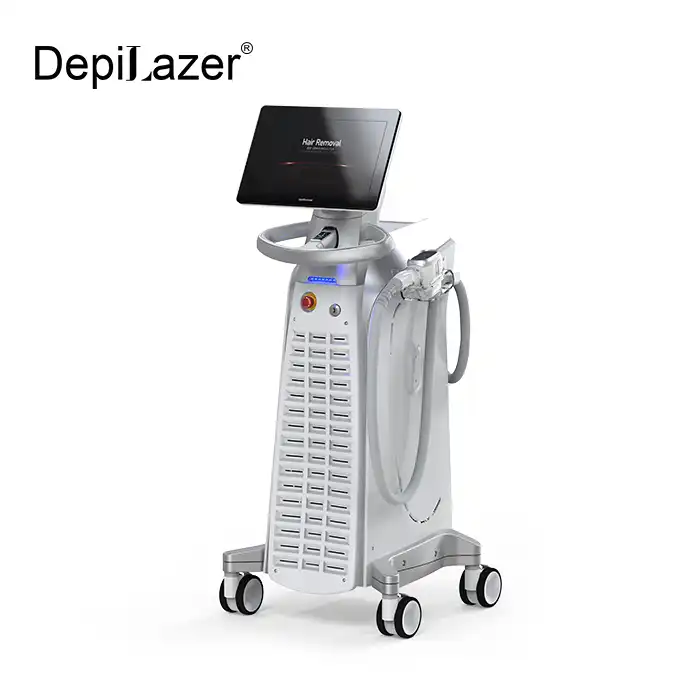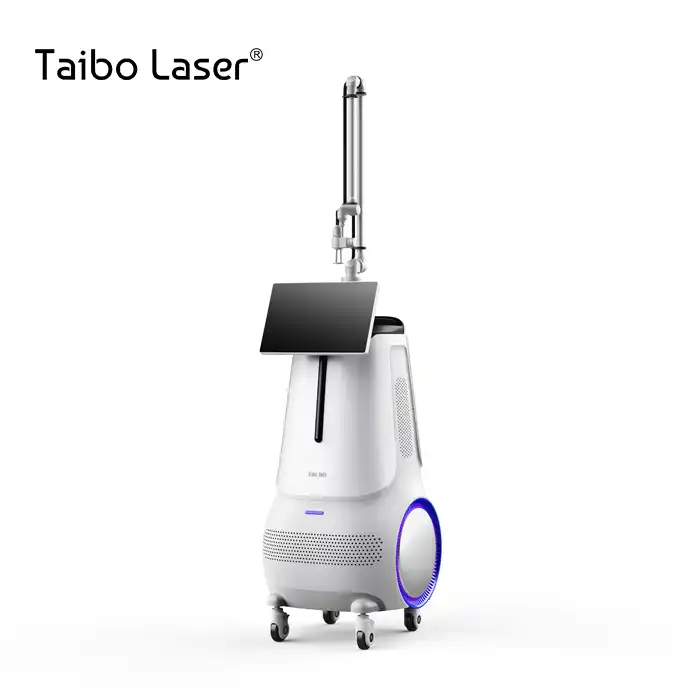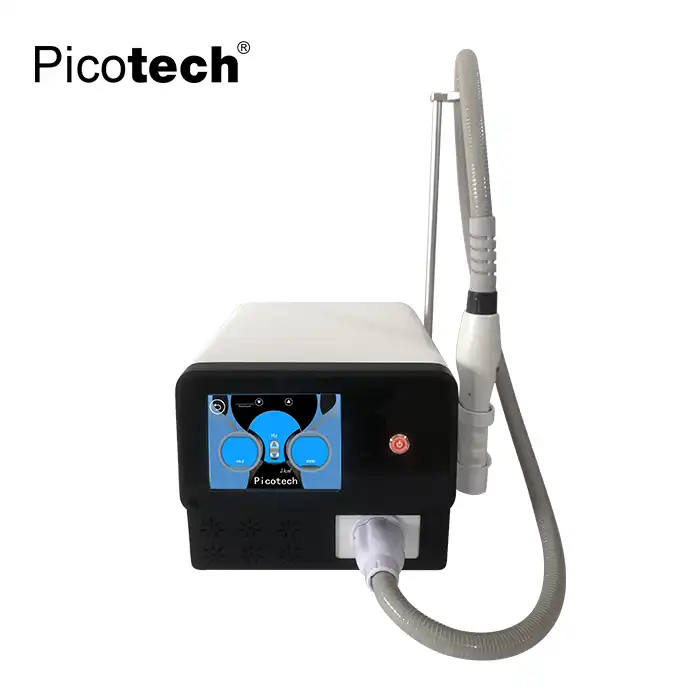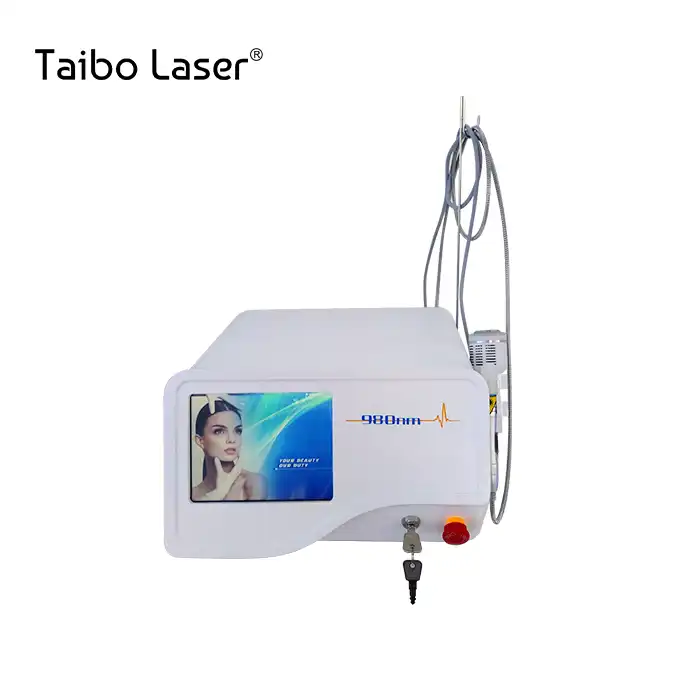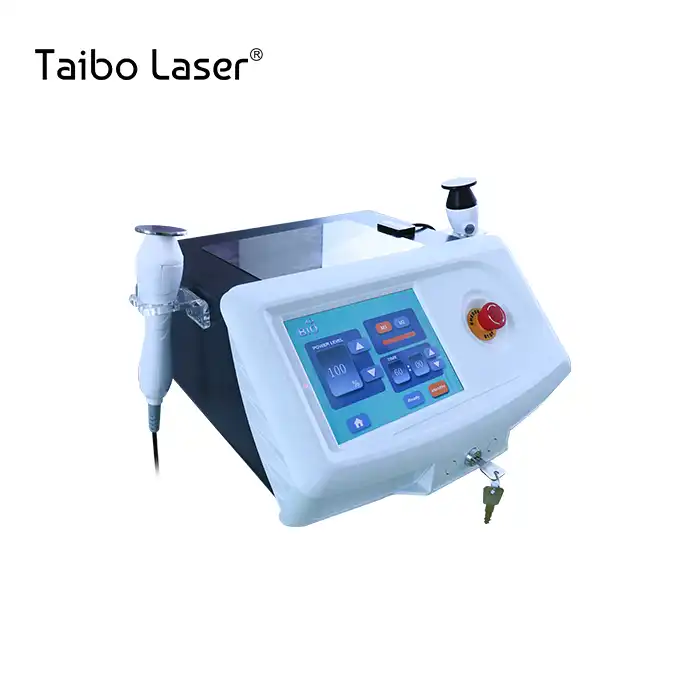
CO2 Fractional Laser Machine vs Traditional Skin Treatment
2025-09-08 13:35:49
The beauty and medical aesthetics industry has witnessed a revolutionary transformation with the introduction of advanced laser technologies. When comparing co2 fractional laser machine treatments to traditional skin resurfacing methods, the differences in efficacy, safety, and patient satisfaction become remarkably evident. Modern CO2 fractional laser technology represents a significant leap forward from conventional treatment approaches, offering superior results with reduced downtime and enhanced precision. This comprehensive analysis explores the fundamental distinctions between these treatment modalities, providing valuable insights for practitioners and patients seeking optimal skin rejuvenation solutions.
Technology and Mechanism: Advanced Laser Innovation vs Conventional Methods
Fractional CO2 Laser Technology: Precision-Driven Skin Resurfacing
The CO2 fractional laser machine operates on the principle of fractional photothermolysis, delivering precisely controlled laser energy at 10.6μm wavelength to create microscopic thermal zones in the skin. Unlike traditional treatments that affect entire surface areas, fractional technology targets specific columns of tissue while leaving surrounding healthy skin intact. This innovative approach stimulates natural healing processes more efficiently than conventional methods. The fractional co2 laser creates controlled micro-ablation zones that trigger collagen remodeling and cellular regeneration, resulting in dramatically improved skin texture and appearance. Modern systems like those manufactured by Xi'an Taibo Laser feature advanced cooling systems and adjustable parameters, allowing practitioners to customize treatments based on individual patient needs and skin conditions.
Traditional Treatment Limitations and Drawbacks
Conventional skin treatments, including chemical peels, micr
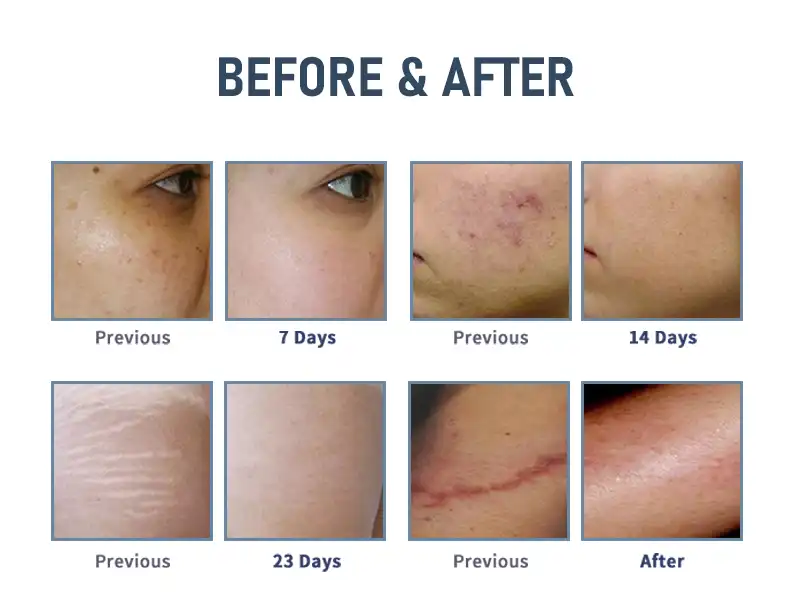
odermabrasion, and non-ablative procedures, operate through different mechanisms that often require multiple sessions to achieve comparable results. Traditional chemical peels rely on chemical agents to remove damaged skin layers, but they lack the precision and depth control offered by CO2 fractional laser machines. Microdermabrasion provides superficial exfoliation without addressing deeper skin concerns, while older laser technologies often caused extensive tissue damage requiring prolonged recovery periods. These conventional methods frequently result in uneven treatment outcomes and limited efficacy for addressing complex skin conditions such as deep acne scars, advanced photoaging, and significant textural irregularities.
Technological Superiority and Innovation Advantages
The superiority of CO2 fractional laser machines becomes evident when examining their technological specifications and clinical outcomes. Modern fractional systems deliver energy densities ranging from 1-40W with adjustable pulse durations and spot sizes, enabling practitioners to achieve optimal results across various skin types and conditions. The integration of advanced cooling systems, precision delivery mechanisms, and real-time monitoring capabilities ensures consistent treatment outcomes while minimizing patient discomfort. These technological advantages translate to superior clinical results, reduced treatment times, and enhanced patient satisfaction compared to traditional skin treatment modalities.
Clinical Efficacy: Superior Results with Advanced Laser Technology
Comprehensive Skin Rejuvenation Capabilities
CO2 fractional laser machines demonstrate exceptional clinical efficacy across a broad spectrum of dermatological conditions, significantly outperforming traditional treatment methods. Clinical studies have consistently shown that fractional CO2 treatments achieve remarkable improvements in skin texture, wrinkle reduction, scar remodeling, and overall skin quality. The technology's ability to penetrate deep into the dermis while preserving epidermal integrity results in sustained collagen production and long-lasting aesthetic improvements. Patients treated with CO2 fractional laser machines typically experience 60-80% improvement in skin texture and appearance after a single treatment series, compared to the 20-40% improvement commonly achieved with traditional methods requiring multiple sessions.
Targeted Treatment Applications and Versatility
The versatility of CO2 fractional laser machines extends far beyond what traditional treatments can accomplish, addressing multiple skin concerns simultaneously. These advanced systems effectively treat acne scarring, surgical scars, stretch marks, age spots, fine lines, deep wrinkles, and skin laxity in a single treatment protocol. The precision control offered by modern fractional systems allows practitioners to adjust treatment parameters based on specific anatomical areas and individual patient requirements. This adaptability ensures optimal outcomes for facial rejuvenation, body contouring applications, and specialized treatments such as vaginal tightening and vulvar rejuvenation, applications that traditional methods simply cannot address effectively.
Long-Term Results and Patient Satisfaction
Long-term clinical follow-up studies demonstrate the sustained benefits of CO2 fractional laser treatments compared to traditional skin therapies. Patients typically maintain significant improvements for 3-5 years following treatment, with continued collagen production contributing to ongoing skin enhancement. The durability of results achieved with fractional CO2 technology far exceeds that of conventional treatments, which often require frequent maintenance sessions to sustain minimal improvements. Patient satisfaction surveys consistently rate fractional CO2 treatments higher than traditional alternatives, with over 90% of patients reporting excellent results and recommending the procedure to others.
Safety Profile and Recovery: Enhanced Patient Experience
Minimized Downtime and Rapid Healing
One of the most significant advantages of CO2 fractional laser machines over traditional treatments lies in their superior safety profile and reduced recovery requirements. The fractional approach preserves islands of healthy tissue between treatment zones, accelerating the natural healing process and minimizing downtime. Patients typically experience 3-7 days of recovery following fractional CO2 treatments, compared to 2-3 weeks required for traditional ablative procedures. The preserved tissue architecture serves as a reservoir for rapid re-epithelialization, reducing infection risk and promoting faster wound healing. Modern systems incorporate advanced safety features, including real-time temperature monitoring, automatic shut-off mechanisms, and precision energy delivery systems that prevent overtreatment and thermal damage.
Reduced Complications and Side Effects
Clinical data demonstrates significantly lower complication rates with CO2 fractional laser machines compared to traditional skin treatments. The controlled energy delivery and precision targeting minimize the risk of hyperpigmentation, scarring, and prolonged erythema commonly associated with conventional methods. Advanced cooling systems integrated into modern fractional devices further enhance patient comfort and reduce the likelihood of thermal injury. The selective targeting capability of fractional technology allows for safe treatment of diverse skin types, including darker complexions that may be at higher risk for complications with traditional laser systems. Post-treatment care requirements are also simplified, with most patients requiring only gentle skincare and sun protection during the healing period.
Enhanced Safety Protocols and Professional Standards
Xi'an Taibo Laser Beauty Company's CO2 fractional laser machines incorporate comprehensive safety features that exceed industry standards, ensuring optimal patient protection throughout treatment procedures. These systems feature built-in safety controls, emergency stop functions, and user-friendly interfaces that minimize operator error and enhance treatment precision. The company's commitment to safety is reflected in their extensive certification portfolio, including CE, ISO13485, and pending FDA approvals, demonstrating compliance with international medical device standards. Professional training programs and comprehensive technical support ensure practitioners can safely and effectively utilize these advanced systems to achieve optimal patient outcomes while maintaining the highest safety standards.
Conclusion
The comparison between CO2 fractional laser machines and traditional skin treatments reveals a clear technological and clinical superiority of advanced laser systems. Fractional CO2 technology offers unparalleled precision, safety, and efficacy, delivering superior results with reduced downtime and enhanced patient satisfaction. As the aesthetic industry continues to evolve, practitioners and patients increasingly recognize the transformative potential of these advanced laser systems for comprehensive skin rejuvenation and restoration.
Ready to revolutionize your practice with cutting-edge CO2 fractional laser technology? Xi'an Taibo Laser Beauty Company stands as a leading China CO2 fractional laser machine manufacturer, offering premium quality equipment backed by over 15 years of manufacturing excellence. As a trusted China CO2 fractional laser machine supplier, we provide comprehensive OEM/ODM services, competitive pricing, and exceptional after-sales support. Our high-quality CO2 fractional laser machines combine advanced technology with reliable performance, making us the preferred China CO2 fractional laser machine wholesale partner for practitioners worldwide. Discover our complete range of CO2 fractional laser machines for sale and experience the Taibo difference. Contact our expert team today at susan@taibobeauty.com to discuss your specific requirements and explore how our innovative solutions can enhance your practice and patient outcomes.
References
1. Alexiades-Armenakas, M. "Fractional Carbon Dioxide Laser Resurfacing: A Review of Clinical Applications and Outcomes." Journal of Cosmetic and Laser Therapy, vol. 15, no. 3, 2013.
2. Bernstein, L.J., Kauvar, A.N., Grossman, M.C. "The Short- and Long-Term Side Effects of Carbon Dioxide Laser Resurfacing." Dermatologic Surgery, vol. 23, no. 7, 1997.
3. Manuskiatti, W., Wanitphakdeedecha, R., Fitzpatrick, R.E. "Effect of Pulse Width and Fluence on the Efficacy and Safety of Fractional CO2 Laser for Acne Scars." Lasers in Surgery and Medicine, vol. 44, no. 5, 2012.
4. Tierney, E.P., Hanke, C.W. "Fractionated Carbon Dioxide Laser Treatment of Photoaging: Prospective Study in 45 Patients and Review of the Literature." Dermatologic Surgery, vol. 36, no. 8, 2010.
YOU MAY LIKE













